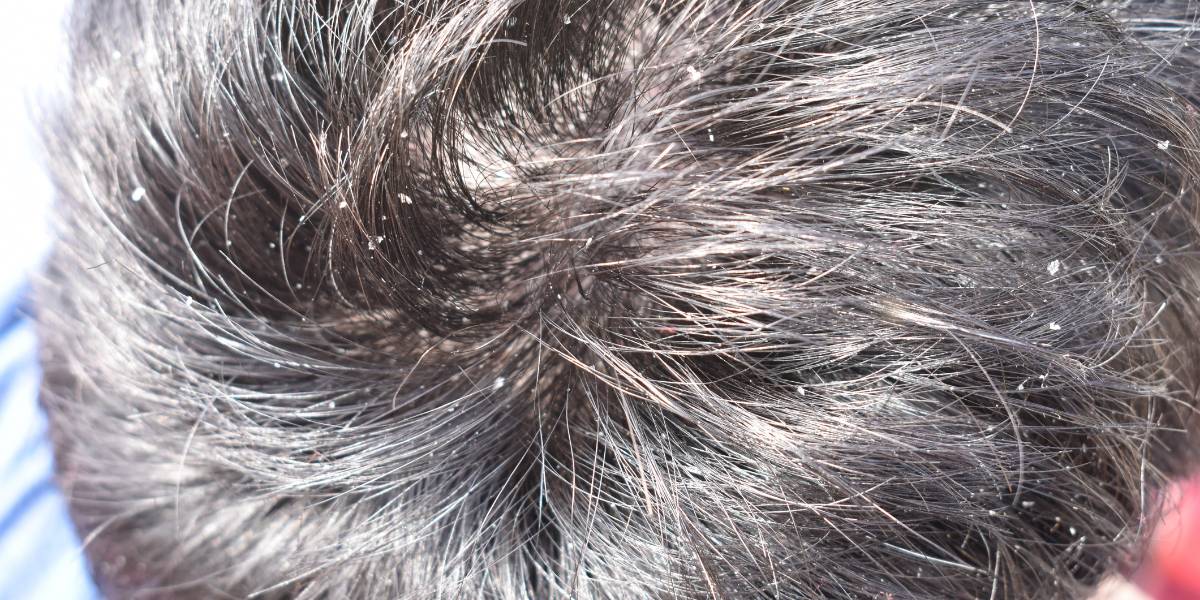Necrobiosis lipoidica diabeticorum (NLD) is a rare skin condition in which lesions normally develop on the lower part of the legs Other body parts can be affected, though.
NLD occurs due to collagen degeneration and inflammation associated with the thickening of blood vessel walls and fat disposition.
A rash of several spots usually appears as raised patches that are shiny red-brown in colour. These spots may develop into open sores which can be slow to heal.
While the exact cause of NLD is unknown, it shares a complicated relationship with diabetes.
NLD and diabetes
As NLD occurs in patients without diabetes – the first case of this was in 1935 – it can be referred to as necrobiosis lipoidica. However, its full title stems back to 1929.
M. Oppenheim first diagnosed the condition as dermatitis atrophicans lipoidica diabetic, as it was only observed in conjunction with diabetes patients. It was renamed in 1932 as necrobiosis lipoidica diabetica by E. Urbach.
The prevalence of NLD in patients with diabetes has been reported at different figures by researchers, but is generally regarded as being below 2%.
However, MH Lowitt and JS Dover illustrated the differences between NLD and patients with diabetes in their 1991 study, which showed that:
- NLD preceded the onset of diabetes in 15% of patients
- 60% of patients had diabetes prior to the onset of NLD
- 25% of patients had NLD appear simultaneously with the onset of diabetes
The 40% of participants who did not have diabetes prior to developing NLD were observed to have abnormal glucose tolerance by the researchers.
NLD can be confused with granuloma annulare, a similar skin condition in which a high percentage of patients also have diabetes.
Symptoms of NLD
The legs are the most commonly affected site for NLD, but other body parts such as the face, abdomen, and scalp have been reported as affected areas. Initially, red-brown patches between 1-3mm develop over months or years, but these can increase in size and become progressively yellow and shiny.
Ulcerations can occur following trauma, which may be associated with some pain. The Koebner phenomenon – in which new psoriasis plaques form following a skin infection or injury – has been established in patients with NLD.
When legions are multiple and bilateral, they may either be painless due to cutaneous nerve damage, which is often the case, or they can be extremely painful.
Causes of NLD
The underlying cause of NLD is unknown, but the leading etiological theory tends to focus on microangiopathy – which occurs when blood vessels become damaged – a complication which can be caused by diabetes.
O Cohen et al reported that NLD is usually associated with poor glycemic control, and that improved management of blood glucose levels could improve or prevent the disorder.
Research has also been conducted investigating the effects of smoking in relation to NLD, with WF Kelly et al reporting that smoking was prevalent in diabetic patients with NLD. This was also the case for retinopathy and nephropathy
Other possible theories for causes of NLD include trauma and inflammatory and metabolic changes.
Diagnosis of NLD
A skin biopsy is used to diagnose NLD, which can also be the first sign of diabetes in some patients. This is why a patient’s glucose tolerance may also be checked.
When legions appear on the face, scalp or upper arms, NLD is less likely to be correctly diagnosed
Treatment of NLD
Treatment of NLD is challenging, as certain techniques can diminish the lesions, but they do not heal completely and have been known to spontaneously reoccur.
Baby aspiri, cortisone creams and corticosteroid therapy may help patients with NLD. However, people with diabetes should consult their doctor regarding treatment in the event their blood glucose levels could be affected.
Surgical and laser therapy may be recommended if lesions reoccur alongside underlying vascular damage.





